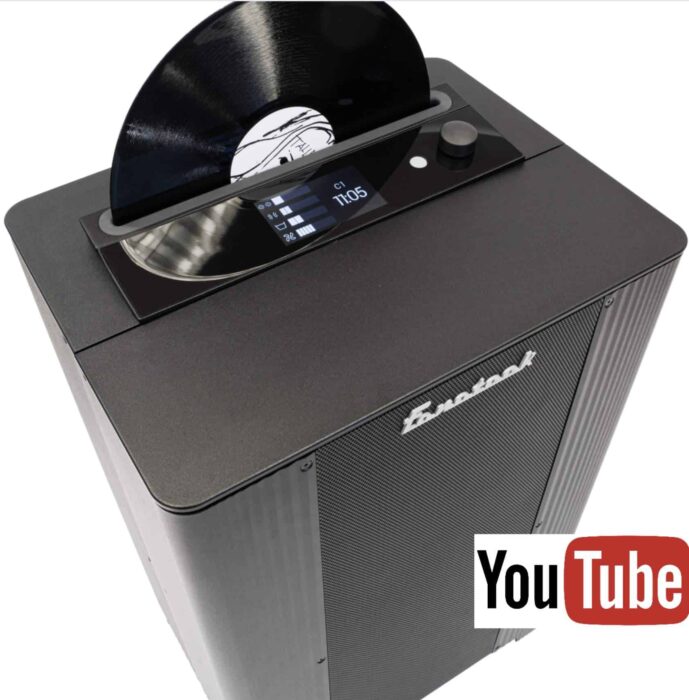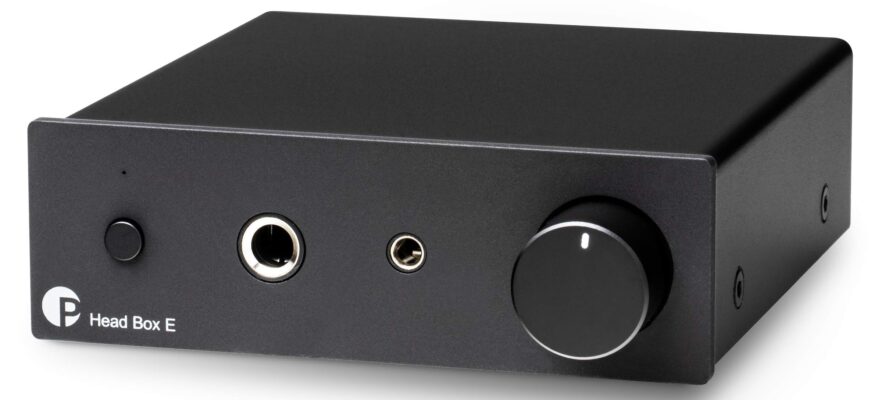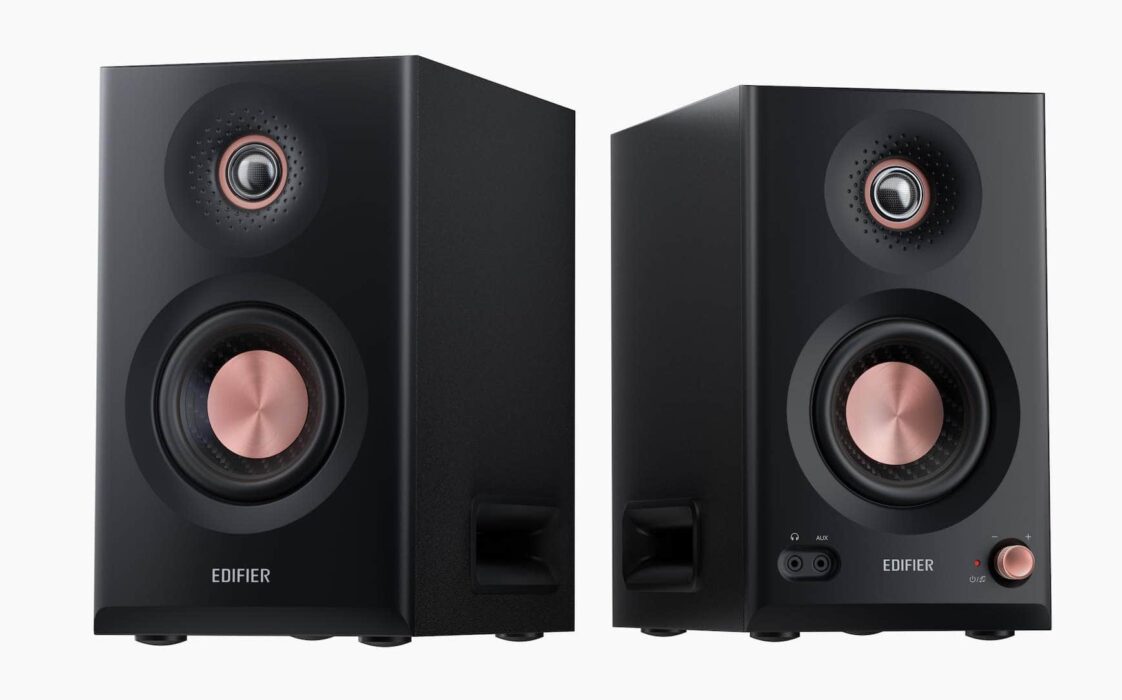The Article
DEGRITTER FONOTEEK NEWS ANALYSIS
7th July 2024

Looking forward to the launch of the Degritter Fonoteek, Paul Rigby discusses some of the proposed new features on this vinyl-cleaning megalith
Don’t have an official price as yet but figures of just under £6,000 are thought to be in the ballpark.
To see the video click:



Hi Paul,
The latest price I have found is from a British hifi outlet, Hardtofind (https://hardtofindhifi.com, who claim to have it in stock at a price of £6000.00
Regards.
Roy